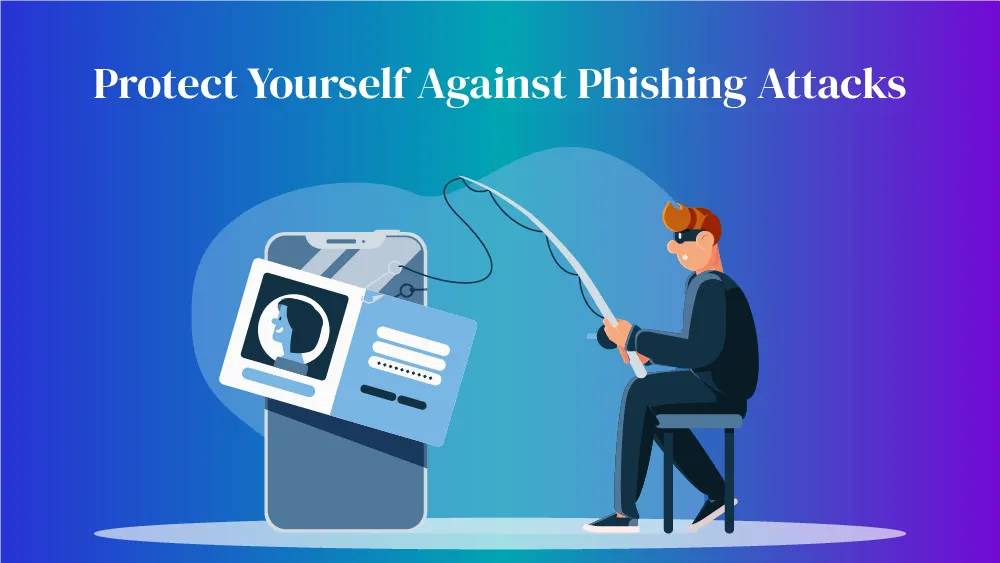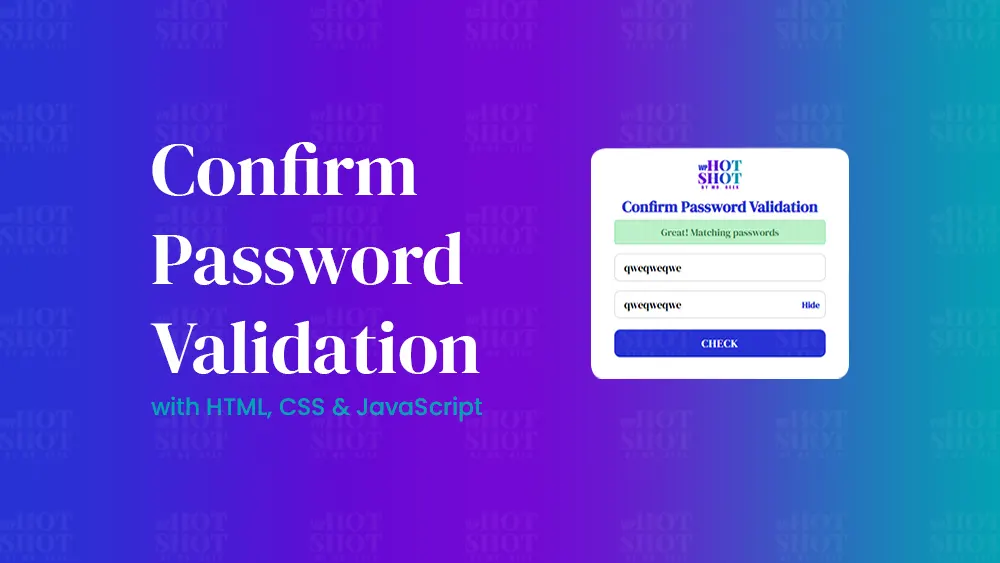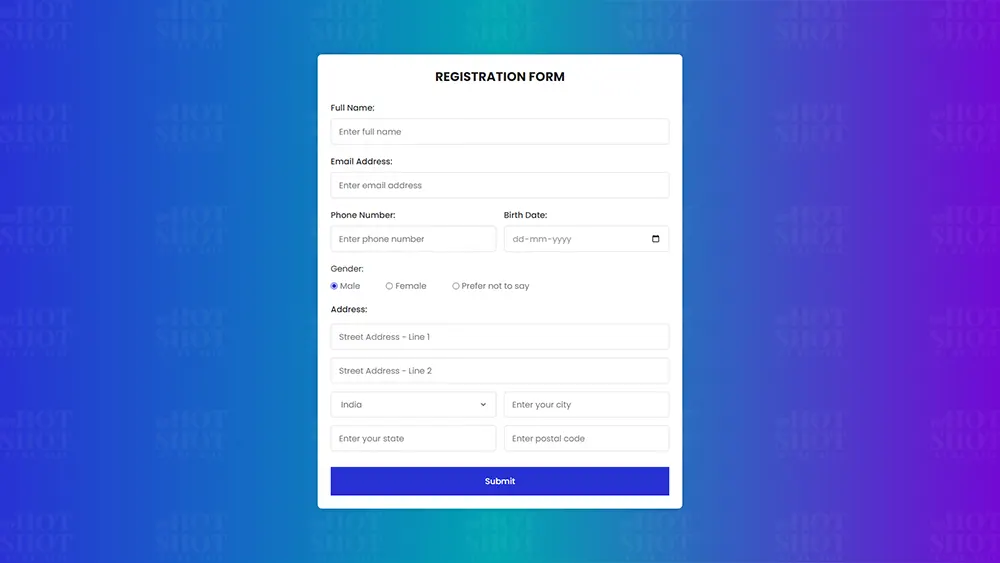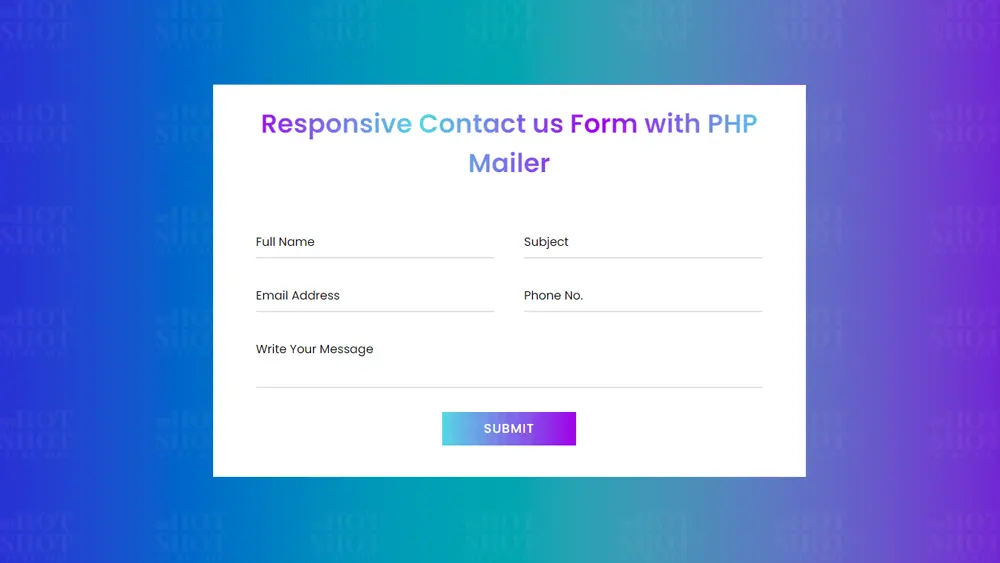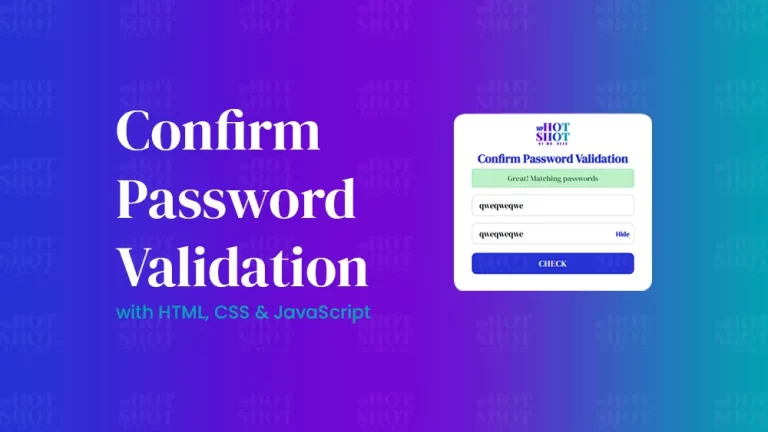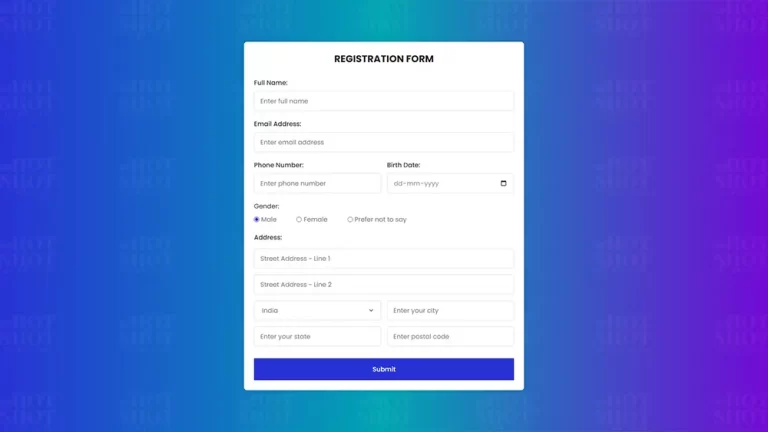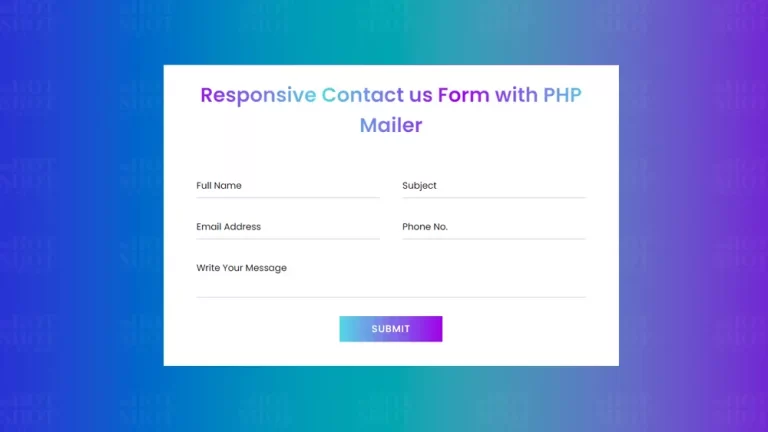In today’s digital landscape, where cybercrime is on the rise, phishing attacks have become a prevalent threat. Phishing attacks involve fraudulent attempts to deceive individuals into revealing sensitive information, such as usernames, passwords, credit card details, or social security numbers. These scams often appear in the form of deceptive emails, text messages, or websites that mimic trusted entities, aiming to trick unsuspecting victims into disclosing their confidential data. To protect yourself from phishing attacks and safeguard your personal information, it’s crucial to be aware of the strategies and best practices outlined below.
Develop Strong Password Habits:
A strong and unique password is the first line of defense against phishing attacks. Avoid using easily guessable passwords and consider utilizing a password manager to generate and store complex passwords securely. Enable two-factor authentication whenever possible to add an extra layer of protection.
Be Cautious of Suspicious Emails:
Phishing attacks commonly occur through email. Be wary of unsolicited emails, especially those requesting personal information or urging urgent action. Look out for red flags such as generic greetings, grammatical errors, misspellings, or email addresses that seem unfamiliar or slightly altered. Never click on links or download attachments from suspicious emails.
Verify the Legitimacy of Websites:
Phishing attacks often involve fake websites designed to resemble legitimate ones. Before entering any personal information, double-check the website’s URL and ensure it starts with “https://” for a secure connection. Look for security indicators such as a padlock icon in the browser’s address bar. If in doubt, manually type the website’s URL instead of clicking on links.
Educate Yourself:
Stay informed about the latest phishing techniques and scams. Regularly educate yourself on the common tactics used by cybercriminals, such as spear phishing or smishing (phishing via SMS). Familiarize yourself with the warning signs and be proactive in staying updated on emerging threats.
Install Security Software:
Utilize reputable antivirus and anti-malware software on all your devices. These programs can help detect and block phishing attempts, providing an additional layer of protection against various online threats.
Secure Your Wi-Fi Network:
Ensure your home or office Wi-Fi network is password protected and encrypted. Use strong encryption protocols such as WPA2 or WPA3 to prevent unauthorized access. Regularly update your router’s firmware to patch any vulnerabilities.
Exercise Caution on Social Media:
Cybercriminals can gather personal information from social media platforms to tailor phishing attacks. Be mindful of the information you share online and adjust your privacy settings to limit access to your personal data. Avoid accepting friend requests or clicking on suspicious links from unknown individuals.
Report and Delete Suspicious Messages:
If you receive a phishing email or message, report it to your email service provider or the appropriate authority. Most email providers have mechanisms in place to report and block phishing attempts. Delete suspicious messages without interacting with them to avoid any potential harm.
Stay Updated:
Regularly update your devices’ operating systems, web browsers, and security software. Software updates often contain important security patches that address vulnerabilities exploited by phishing attacks. Enable automatic updates whenever possible to stay protected against the latest threats.
Trust Your Instincts:
Lastly, trust your instincts. If something feels off or too good to be true, it likely is. Be skeptical of unsolicited offers, requests for personal information, or urgent demands for immediate action. Take your time to evaluate and verify the legitimacy of any requests before responding or providing sensitive information.
Conclusion
In conclusion, protecting yourself against phishing attacks requires a combination of vigilance, awareness, and implementing best practices. By developing strong password habits, being cautious of suspicious emails, verifying website legitimacy, staying informed, installing security software, securing your Wi-Fi network, being cautious on social media, reporting suspicious messages, staying updated, and trusting your instincts, you can significantly reduce the risk of falling victim to phishing scams.
Remember, cybercriminals are constantly evolving their tactics, so it’s essential to stay educated and adapt your security measures accordingly. By implementing these strategies, you can fortify your defenses and enjoy a safer online experience, protecting your personal information and maintaining your peace of mind.

